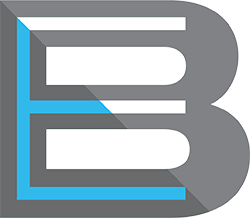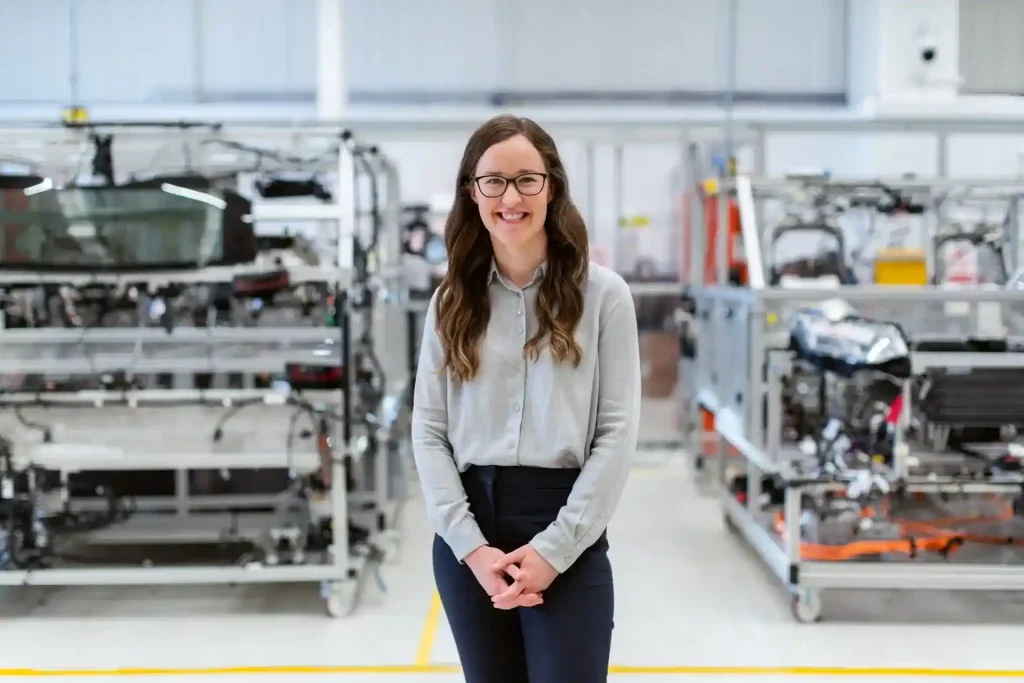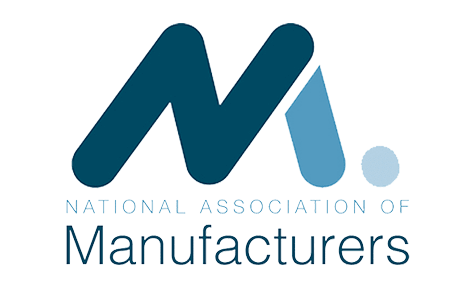What are Washdown Ratings?
Food and beverage processing environments are subject to strict hygiene and safety requirements. Notably, the Food Safety Modernization Act (FSMA) requires a proactive approach to controlling contamination hazards. As such, many processors rely on wet cleaning methods to routinely wash and sanitize surfaces and equipment to remove allergens and prevent the growth of harmful microorganisms. Equipment on the production floor that is too large to move requires a washdown procedure in place.
Washdown refers to thoroughly cleaning open and accessible large equipment and machinery surfaces using a high-pressure spray of hot water and chemicals. It is crucial that liquids and solids throughout the environment not interfere with the performance of electrical equipment. Therefore, machines must be washdown rated to withstand whatever washdown process is required by the processing facility.
What are IP Ratings?
The IEC, International Electrotechnical Commission, developed the Ingress Protection (IP) ratings, which grade the resistance of electrical component enclosures against the intrusion of solid particles or liquids. Therefore, they are a measure of how tightly sealed and watertight an electrical enclosure is.
IP washdown ratings, or codes, classify sealing effectiveness using a series of letters and numbers. Firstly, each code begins with the letters “IP,” denoting Ingress Protection. Then, two digits subsequently follow these letters. The first digit is intrusion protection and shows the equipment’s level of protection against ingress from solids, such as dust, dirt, and foreign objects. The second digit is moisture protection and indicates the level of protection against various forms of moisture and liquids (condensation, drips, sprays, submersion, etc.)
What are IEC Levels of Protection?
The IEC rates protection from ingress on a scale of 0-6. These levels refer to the size of the object or particle the enclosure can keep out. The larger the object, the lower rating it will have. Conversely, the smaller the particle, the high rating it will have. For instance, a rating of 6 means no ingress of dust is permitted.
Levels of ingress protection against liquids are rated 0-9. These levels refer to the movement, depth, and pressure of water the enclosure can resist. The higher the number, the greater the water resistance. For example, a rating of 2 protects against vertically falling droplets such as condensation. Whereas a rating of 6 protects against high-pressure water jets, and a rating of 8 protects against submersion in water.
What are NEMA Machine Ratings?
The National Electrical Manufacturer Association (NEMA) uses a standard rating system that defines in what type of environment an electrical enclosure can be used. NEMA 4X enclosures have an equivalent IP rating of IP66 and feature the following protective qualities:
- Suitable for indoor or outdoor use
- Prevents liquid and solid ingress
- Inhibits water ingress from rain, sleet, snow, splashing water, and hose-directed water
- Shields against solid ingress from airborne dust, dirt, fibers, debris, and other foreign objects
- Protects against damage from ice forming on the outside of the enclosure
- Resistant to corrosion
Therefore, NEMA 4X enclosures are ideally suited for use in washdown environments.
How Does Better Engineering Washdown-Rated Equipment Help in Sanitization of equipment?
Better Engineering designed our sanitary line of (316) stainless steel cleaning systems to the highest hygienic standards with industry-leading capabilities. Additionally, these fully automatic machines are generally built to “clean design principles” and meet virtually all 3-A standards. Furthermore, all models in our sanitary line of cleaning systems feature a central control station with a NEMA 4X control panel for use in washdown environments.
The cabinets are hygienic by design with sanitary spray and dry manifolds, sloped floors to avoid standing water, and continuous inside welding (TIG). Additionally, systems feature a self-cleaning work tank that can fill and empty with each stage. Available options include an optional holding tank to re-use the wash solution, an optional hot water supply tank, and an optional drying stage. Furthermore, the systems can incorporate robotic integration, multi-lane and adjustable lane options to accommodate various part sizes, and choice of heating – steam, gas, or electric. Available sanitary cleaning systems include:
- batch washers
- bin washers
- vat washers
- rack washers
- cabinet washers
- conveyor/tunnel washers
- other custom-made solutions
Significantly, these highly versatile systems optimize production processes and ensure effective hygienic cleaning and sanitizing of various food and beverage processing equipment and parts.
What is Better Engineering’s Promise to Quality?
Better Engineering’s sanitization machines offer the highest quality levels with trackable and repeatable results that don’t change over time. In addition, our machines meet all regulatory food and safety standards set by FSMA, HACCP, and GMP.
Our research lab can demonstrate the full potential of our washing and sanitizing systems using your parts. Send us the items you would like cleaned, and we will test them to find the best machine recommendation for you. Contact us for a free test parts cleaning. We guarantee that we’ll find a solution that meets all of your needs- it’s part of our commitment to customer satisfaction!






